Virtualization monitoring with PRTG
Avoid downtime and boost productivity of your virtual infrastructure
- Monitor all aspects of your virtualized environment
- Capture the performance data of your virtual machines
- Supports virtualization software from top vendors
PRTG virtualization monitoring: What you’ll find on this page
PRTG makes virtualization management and monitoring as easy as it gets
Custom alerts and data visualization let you quickly identify and prevent all kinds of issues with your virtual resources.
3 reasons why to choose PRTG as your virtualization monitoring tool
It’s no big secret that consolidating different virtual machines, applications, operating systems, and other components on a physical server results in a single point of failure. And if the physical system fails, it will affect the entire virtual system. This is where Paessler PRTG comes to the rescue. Our network monitoring tool monitors both your virtual infrastructure and the hardware that is running your virtual system – in real time.
Central, comprehensive overview
PRTG gives you the most complete overview of your entire virtualization environment, from the host hardware server to applications running on your virtual machines.
Ensure the stability of your virtualized environment by monitoring CPU load, data traffic, network utilization, and other performance data of your physical servers and virtual servers.
Custom alerts and notifications
Detect problems in advance and counteract system failures or service interruptions with PRTG’s customizable alerts – for more proactive troubleshooting.
If your preset warning or error thresholds are breached, PRTG sends you a notification by SMS, email, in-app push notification, or other methods. So you can step in and save the day.
Cost-efficient licensing and pricing
No matter which PRTG subscription you choose after your free trial, you get all the functions for monitoring your entire IT infrastructure – including your virtual environment – in a single monitoring solution.
Upgrade your license at any time, based on the number of sensors you need. This flexible pricing ensures that you never pay for more than you need.
What virtual system observability looks like in PRTG
Diagnose network issues by continuously tracking your physical and virtual servers, hypervisors, and VMs. Show uptime, bandwidth and resource usage, CPU load, application performance, and other key metrics in real time. Visualize monitoring data in clear graphs and dashboards to identify problems more easily. Gain the overview you need to troubleshoot performance issues with your virtual infrastructure.
Start monitoring virtual environments with PRTG and see how it can make your network more reliable and your job easier.
Why virtualization monitoring with PRTG is important
With virtualization, there can be a higher risk of having lower computing performance and reduced network throughput. This is because the more virtual machines run on a host system, the less CPU or RAM is available for the individual virtual machines.
Virtualization monitoring with PRTG gives you detailed insights into the status of the virtualized environment and makes it possible for you to analyze the collected data in real time. This allows you to identify issues related to several aspects at an early stage, such as:
- Availability
- Resource utilization
- Packet loss
- Bandwidth
- Read and write speed
Avoid downtime and boost productivity with PRTG virtual machine monitoring.
Your virtualization monitor at a glance – even on the go
Set up PRTG in minutes and use it on almost any mobile device.
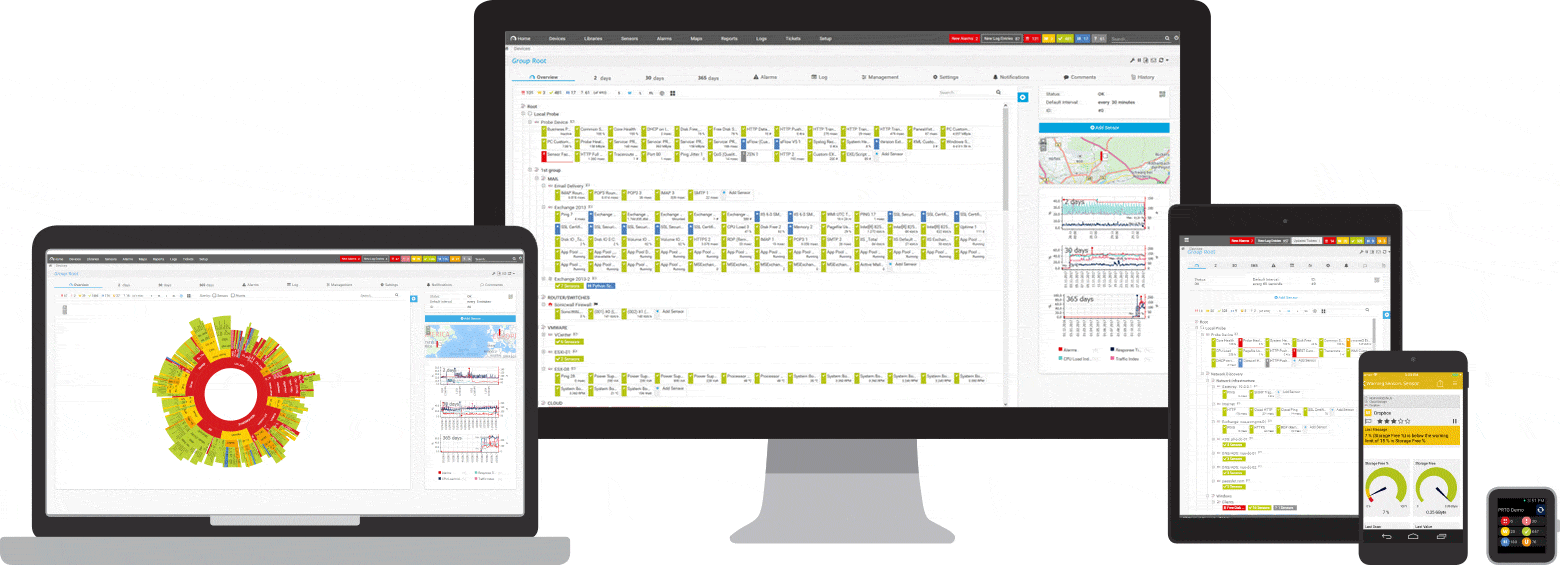

Find the root cause of the problem with our PRTG virtual performance monitoring solution
Real-time notifications mean faster troubleshooting so that you can act before more serious issues occur.
PRTG is compatible with all major vendors, products, and systems
How virtual infrastructure monitoring with PRTG works
Our comprehensive monitoring software makes your life easier by supporting the virtualization software from many well-known vendors, including VMware vSphere, Microsoft Hyper-V, Citrix XenServer, and Nutanix.
Included in its set of more than 250 preconfigured sensor types, you will also find different sensors for monitoring your virtual IT ecosystem, for example:
Create innovative solutions with Paessler’s partners
Partnering with innovative vendors, Paessler unleashes synergies to create
new and additional benefits for joined customers.
UVnetworks
UVexplorer integrates tightly with PRTG to bring fast and accurate network discovery, detailed device inventory, and automatic network mapping to the PRTG platform.
“Excellent tool for detailed monitoring. Alarms and notifications work greatly. Equipment addition is straight forward and server initial setup is very easy. ...feel safe to purchase it if you intend to monitor a large networking landscape.”
Infrastructure and Operations Engineer in the Communications Industry, firm size 10B - 30B USD
PRTG makes virtualization management and monitoring as easy as it gets
Custom alerts and data visualization let you quickly identify and prevent all kinds of issues with your virtual resources.

PRTG: The multi-tool for sysadmins
Adapt PRTG individually and dynamically to your needs and rely on a strong API:- HTTP API: Access monitoring data and manipulate monitoring objects via HTTP requests
- Custom sensors: Create your own PRTG sensors for customized monitoring
- Custom notifications: Create your own notifications and send action triggers to external systems
- REST Custom sensor: Monitor almost everything that provides data in XML or JSON format
We asked: would you recommend PRTG?
Over 95% of our customers say yes!
Paessler conducted trials in over 600 IT departments worldwide to tune its network monitoring software closer to the needs of sysadmins.
The result of the survey: over 95% of the participants would recommend PRTG – or already have.
Still not convinced?
More than 500,000
sysadmins love PRTG
Paessler PRTG is used by companies of all sizes. Sysadmins love PRTG because it makes their job a whole lot easier.
Monitor your entire IT infrastructure
Bandwidth, servers, virtual environments, websites, VoIP services – PRTG keeps an eye on your entire network.
Try Paessler PRTG
for free
Everyone has different monitoring needs. That’s why we let you try PRTG for free.
Start monitoring virtual environments with PRTG and see how it can make your network more reliable and your job easier.
|
PRTG |
Network Monitoring Software - Version 25.1.104.1961 (April 7th, 2025) |
|
Hosting |
Download for Windows and cloud-based version PRTG Hosted Monitor available |
Languages |
English, German, Spanish, French, Portuguese, Dutch, Russian, Japanese, and Simplified Chinese |
Pricing |
Up to 100 sensors for free (Price List) |
Unified Monitoring |
Network devices, bandwidth, servers, applications, virtual environments, remote systems, IoT, and more |
Supported Vendors & Applications |
|


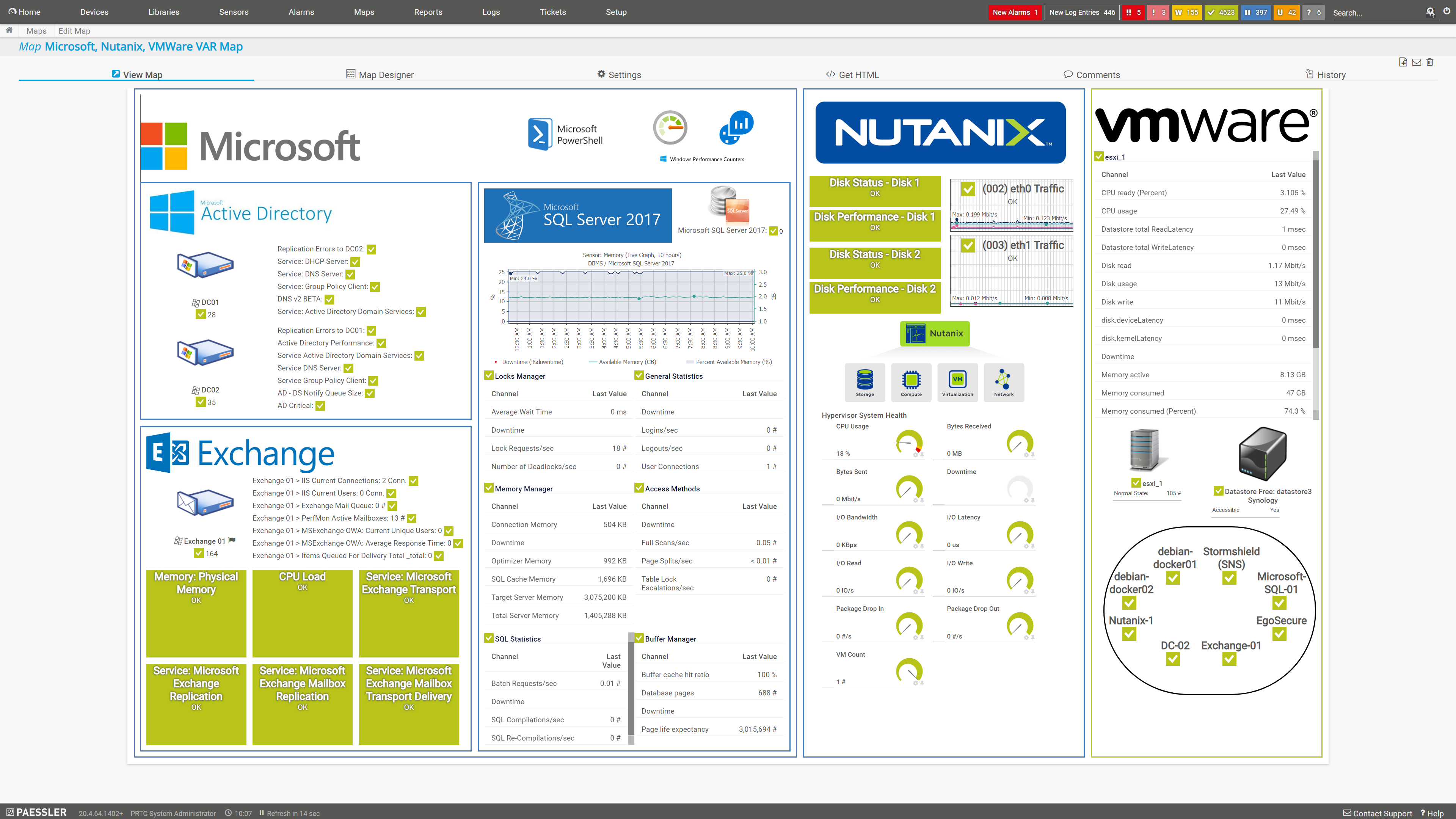
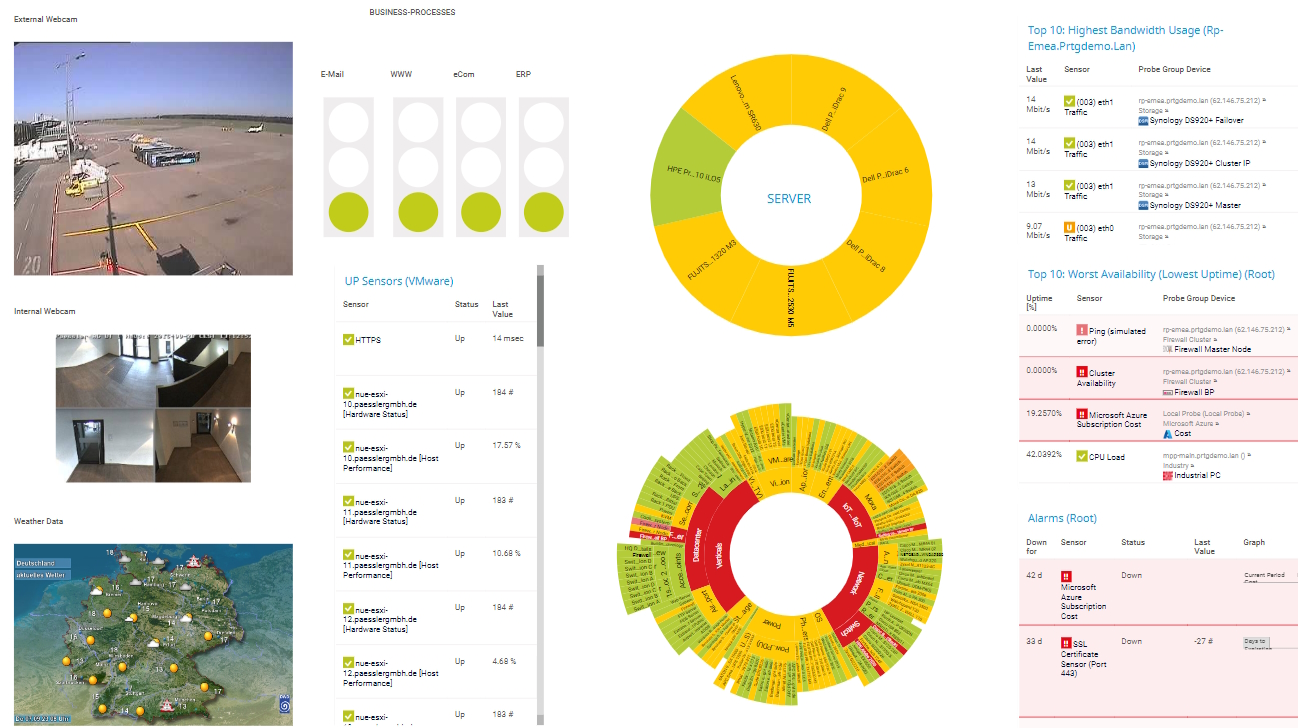

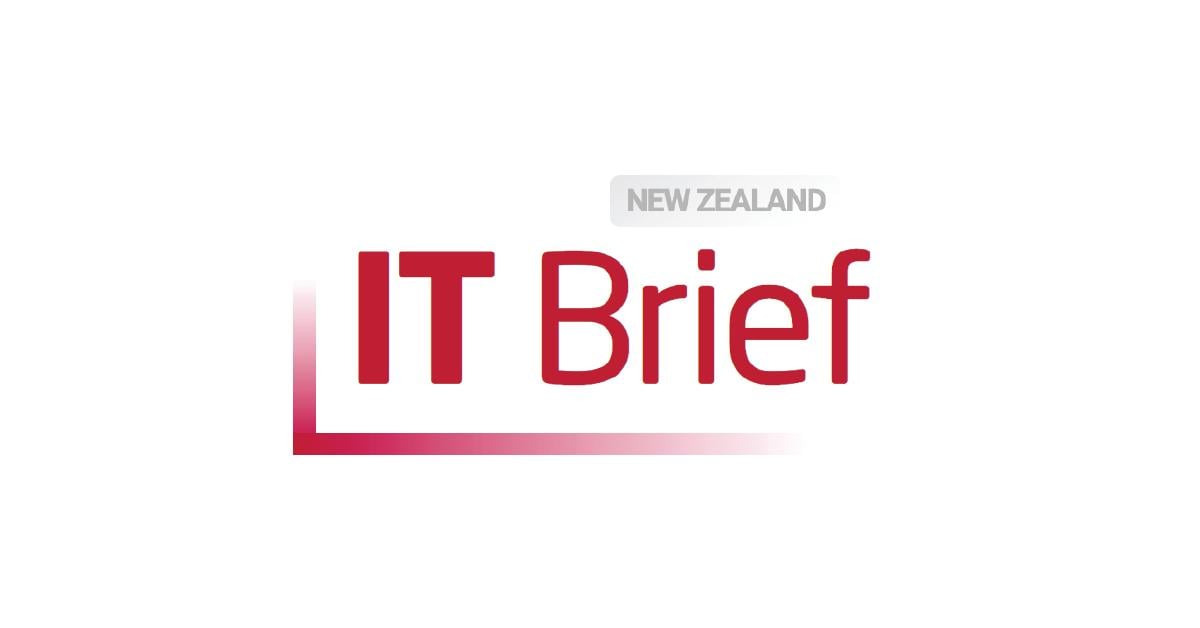
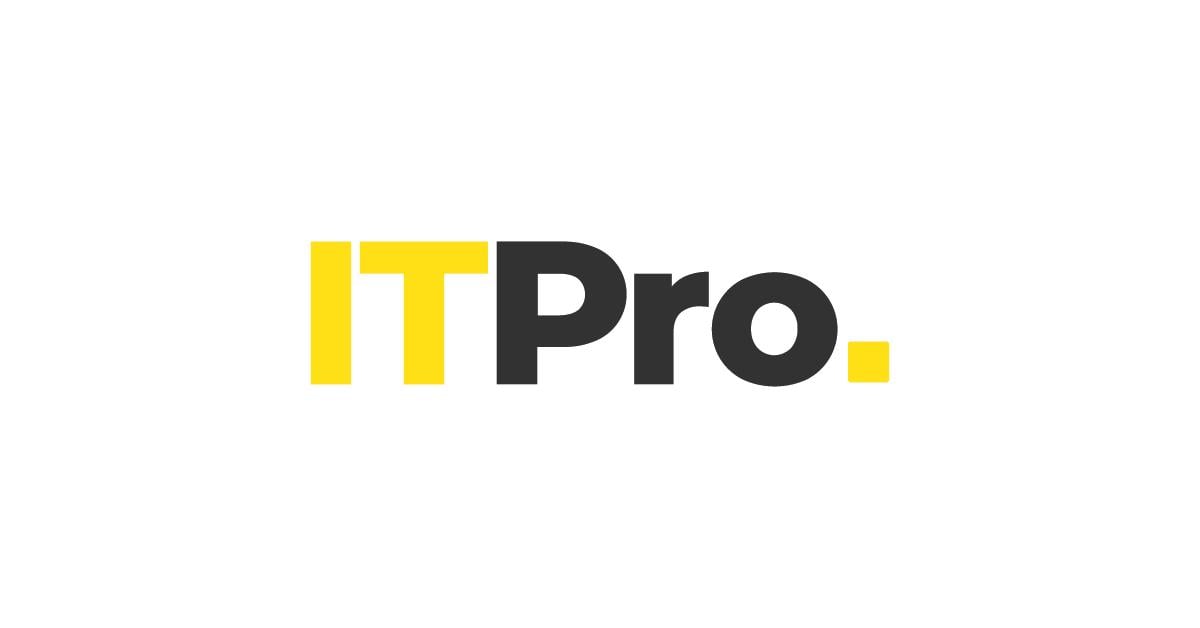

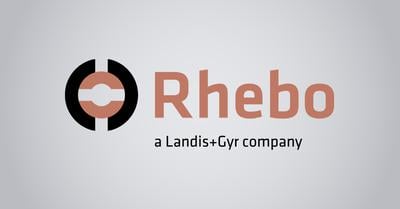
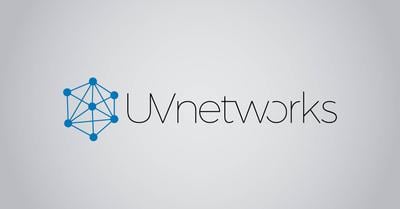




Combining the broad monitoring feature set of PRTG with IP Fabric’s automated network assurance creates a new level of network visibility and reliability.